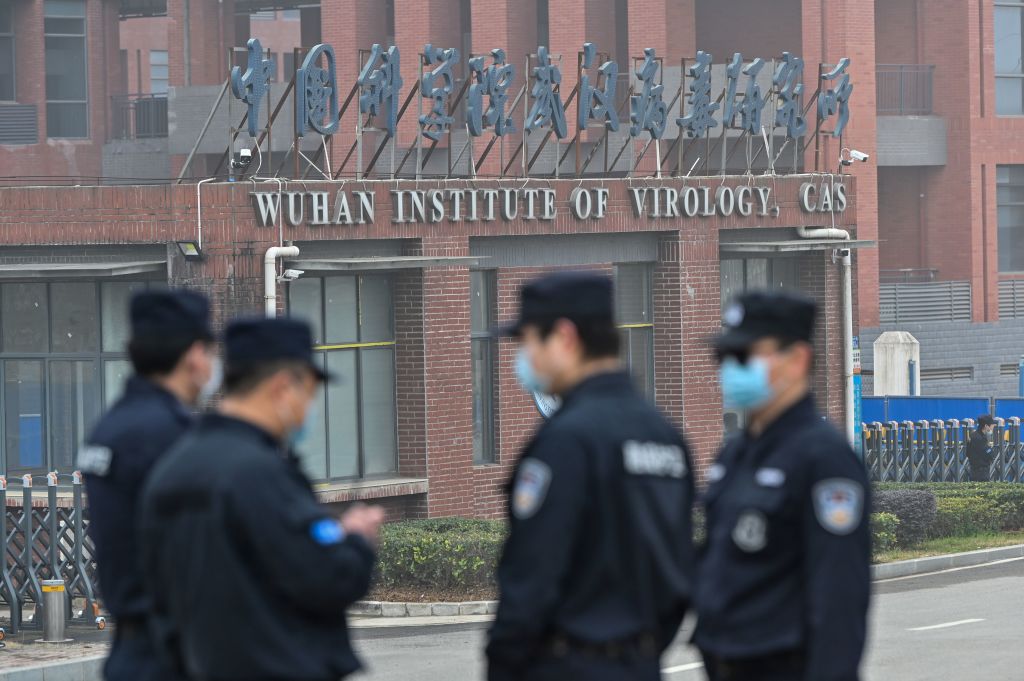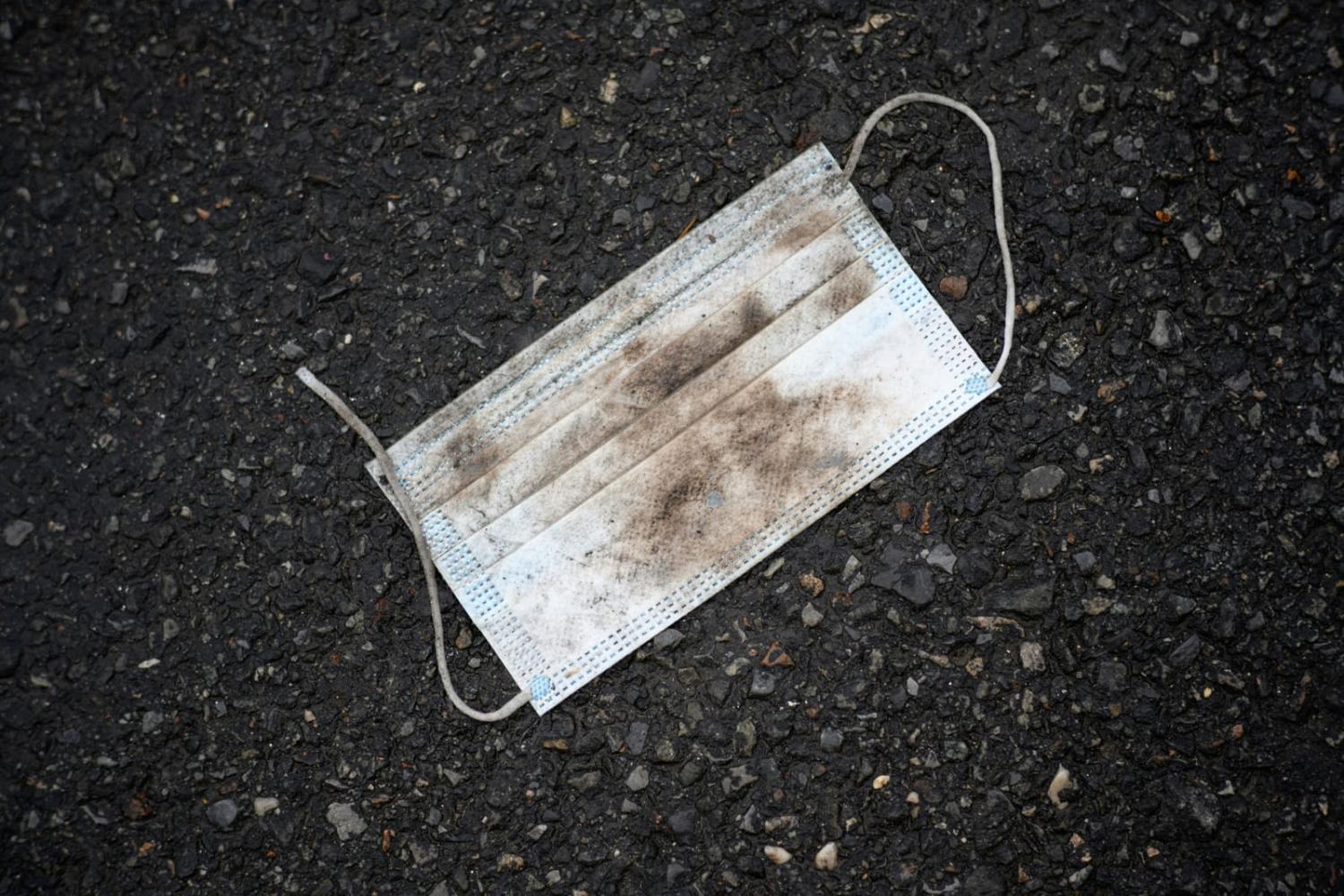Prime Minister Anthony Albanese has this week become the first Australian leader to visit China in seven years. The collapse of Sino-Australian relations is a well-known story now, with differing versions on what marked its precise start. But few doubt that a definitive break came in April 2020, when then foreign minister Marise Payne called for an inquiry into the origins of “the novel coronavirus”, as it was then known.
On a Sunday morning, Payne voiced the idea on the ABC’s Insiders program, at a time the virus was mostly being held at bay in Australia, but was killing thousands in New York, Italy, Iran and elsewhere. Payne’s suggestion was soon endorsed by then-prime minister Scott Morrison, who raised the prospect of an international body with weapons-inspection type powers leading the probe. Labor also supported an investigation and urged Canberra to get other nations behind it.
In short order, Beijing’s ambassador appeared in the Australian Financial Review, threatening a boycott on beef, wine and tourism, in an undisguised act of retaliation. The specific offence Morrison and Payne had committed, the ambassador alleged, was “launching a political campaign against China”. This was a deft rhetorical manoeuvre that managed to conflate calls for an inquiry into the origins of the virus with the unhinged accusations of biowarfare then spewing out of certain quarters in the United States. Not long after, the ambassador’s threat became a reality, and soon $20 billion worth of export restrictions had hit the Australian economy.
Whatever one thinks of the former government, there remains, four years later, no answer to Payne and Morrison’s central question: how did the pandemic come about? To date, there is still no definitive explanation of how Sars-cov-2 entered the human population. The most recent – and for some, final – dispatch on this issue was the June 2023 “declassification” of information on the origins of the virus held by the US Office of the Director of National Intelligence (ODNI).
The intelligence release was prompted by an act of Congress, which was specifically seeking information on what US officials knew of the link between the Wuhan Institute of Virology, the People’s Liberation Army, and the pandemic. No such link was established by the intelligence community, but any hope that ODNI would shed further light on the origins question was quickly dashed. ODNI’s report is most generously described as an unclassified analysis of known facts, rather than a full declassification of original intelligence. It contains no underlying raw intelligence whatsoever, in redacted form or otherwise, nor any references to such material. As a result, ODNI is now subject to litigation under the Freedom of Information Act in the Eastern District of Virginia, in a bid to gain public access to the full, unclassified material sought by Congress.

The ODNI release added little new information to the debate on the origins question, but it was nonetheless cited by some as bringing the whole case to a close “with a whimper, rather than a bang”. Similar headlines followed the publication of a 2022 epidemiological study that mapped a preponderance of infections around the now notorious Huanan Seafood Market in the first weeks of 2020. Readers of the press were told “the siren has sounded” on the origin of the pandemic – despite the study itself admitting that its investigators lacked definitive information on “upstream events”. In other words, the study could not definitively say whether the market was the site of a natural zoonotic event that led to the outbreak, or if the market was merely the location of the first known overdispersion (or “super-spreader”) event.
Then in March of 2023, the Atlantic magazine drew much derision for overhyping the “discovery” of co-located animal DNA and Sars-cov-2 RNA at the market. Authorities in China had long denied any susceptible mammals were sold there, but the sudden appearance of sequence reads on the GISAID database indicating both animal presence and environmental Sars-cov-2 fragments was hailed as hard evidence that a spill-over event ignited the outbreak. Subsequent reportage, and the original custodians of the data themselves, later made clear this was not evidence of a natural origin, but by then the headlines had made a lasting impression.
As 2023 draws to a close, relations between Beijing and Canberra are getting back on track. This is undoubtedly positive for both countries. But the world is no closer to learning how the deadliest pandemic in more than a century first began. Nor do we know why Beijing reacted with such viciousness when an Australian government had the temerity to suggest a full and open inquiry into the matter, nearly four long years ago.

